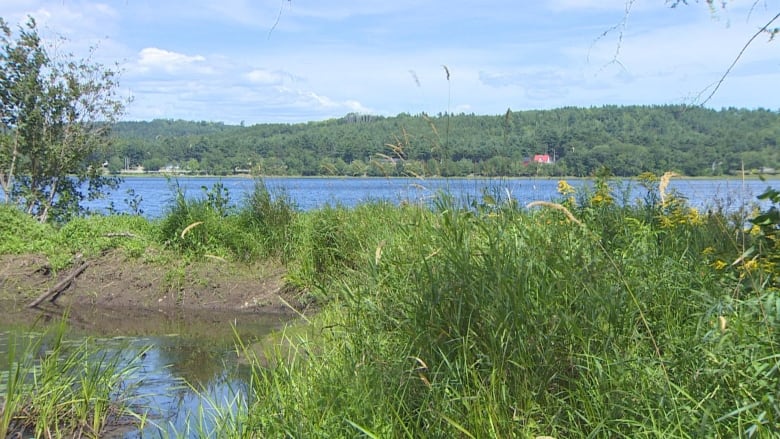Removed from his dwelling in northern Ontario, Moxy Manitowabi lately joined 16 different Indigenous youth in rural Nova Scotia to meld conventional data with Western science in a program referred to as Melkiknuawti — Mi’kmaw for ‘which supplies you power.’
“I moved right here from Ontario, simply me and my mother and I felt actually disconnected from the land and the tradition round right here… I felt like I wanted to be extra related. So, yeah, it has been very enjoyable,” mentioned Manitowabi, a member of the Wiikwemkoong First Nation on Manitoulin Island in Lake Huron.
“It is necessary to remain related and never neglect our tradition, our language, and our land.” The week-long program is hosted at a former farm now referred to as Windhorse on Nova Scotia’s South Shore. It is developed by Ulnooweg Schooling Centre, an Indigenous registered charity, and SuperNOVA , an initiative from Dalhousie College selling STEM — which stands for science, know-how, engineering and arithmetic.
It’s free and offers lodging, meals and transportation for contributors.

“We’re immersing them in quite a lot of STEM-based studying actions in addition to cultural actions,” mentioned Caitlin McPhail, growth co-ordinator with SuperNOVA at Dalhousie College.
“We’re actually giving them the chance to mix Indigenous science and Western science and simply see how these two can come collectively in a extremely collaborative means,” mentioned McPhail, who can also be one of many lead organizers for Melkiknuawti and a member of the Sisika First Nation in southern Alberta.
Melkiknuawti describes the concept that data of nature could be a path towards power. This system itself was impressed by related ones created by Actua, a nationwide group that helps STEM studying for youth by means of its members at universities and schools throughout Canada.

Participant Dawson Smith from the Acadia First Nations in Nova Scotia says his mom is ecstatic to see him getting again to his roots and that it is necessary to maintain the tradition alive.
“Our elders, they misplaced all their tradition and their language and I determine it will be nice [for me] to study it once more.”

Holly Griffiths, director of science and innovation with Ulnooweg Schooling Centre, says the purpose of the week-long program is to not solely get Indigenous youth taken with STEM but in addition encouraging the concept of etuaptmumk.
Etuaptmumk is a Mi’kmaw phrase which means two-eyed seeing, a perspective that mixes each western and Indigenous teachings relatively than separating the 2.

“It [Indigenous science] was form of separated and never handled or characterised as scientific data, when it has a historical past like hundreds of years,” mentioned Griffiths.
“So bringing that again full circle, and simply introducing science and STEM ideas in a extra significant means, by remark, and by absolutely immersing your self in nature and all of your 5 senses, it is tremendous necessary if you wish to create these significant connections.”
In line with Nancy Turner, a researcher who has studied Indigenous data of crops and environments in northwestern North America for over 40 years, Indigenous peoples have recognized greater than 400 totally different species of medicinal crops, lichens, fungi and algae.
Indigenous individuals make up roughly 4 per cent of adults in Canada, however lower than two per cent of individuals working in science, know-how, engineering, and arithmetic occupations are Indigenous, in accordance with the Convention Board of Canadaan unbiased analysis group.
Jonny Hird, one of many content material instructors, says he hopes packages like these could make STEM extra accessible and assist change contributors’ minds on the subject of how they personally take into consideration STEM ideas.
“I discover for the indigenous youth, there’s so many limitations for entering into STEM, however there is not any limitations for going exterior and simply studying concerning the world round you and experiencing STEM in a extra in individual means.”
McPhail mentioned they’d like to develop Melkiknuawti to the remainder of the province, possibly even throughout the nation.
“We might like to see this be capable to be supplied not only one week, in the summertime, we’d love for this to develop into one thing that we’re capable of supply yr spherical in quite a lot of communities throughout Mi’kma’ki.”
